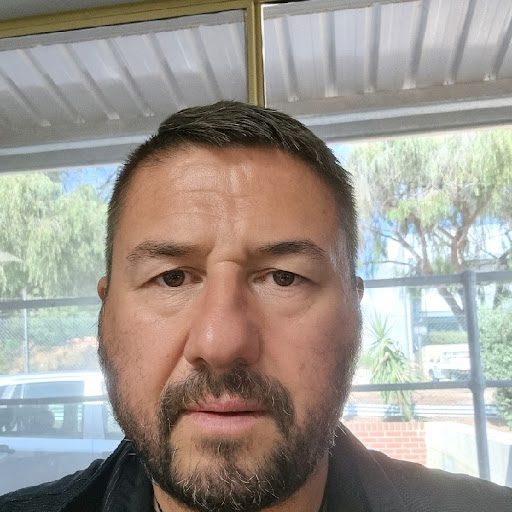Table of Contents

The term non destructive testing refers to a variety of inspection techniques that allow inspectors to evaluate and collect data about a material, system, or component without permanently altering it.
NDT is a term that is often used in the field to refer to non destructive testing methods, tools and even the entire field of non destructive testing.
The goal of non destructive testing is to guarantee that critical infrastructure is properly maintained in order to avoid catastrophic accidents.
Non destructive testing methods are usually associated with industrial use cases – like inspecting the weak points on a boiler in an oil refinery. But their most common use is actually in medicine. For instance, an expectant mother getting an ultrasound to check on the health of her baby would be considered a non destructive testing use case.
However, it’s important to note that non destructive testing does not necessarily require the use of special tools, or any tools at all.
For example, when inspectors in industrial settings are reviewing the outside of a pressure vessel with their naked eye, that would fall under the non destructive testing designation. Because they are collecting data on the status of the boiler without damaging it. Conversely, using a sophisticated tool like an ultrasonic sensor to identify defects in a certain material or asset would also be called non-destructive testing.
Is It Important To Do Non Destructive Testing?
Non-destructive testing is a crucial process for ensuring that assets are properly maintained.
We will now go over the top reasons why Non Destructive Testing is used by so many companies around the world:
- Efficiency: Non destructive testing methods allow for the thorough and relatively quick evaluation of assets, which can be crucial to maintaining safety and performance on a job site.
- Accuracy: Non destructive testing methods have proven to be accurate and predictable. Which is precisely what you want when it comes to comprehensive maintenance procedures that are intended for the safety of personnel and longevity of equipment.
- Safety: Non destructive testing is also appealing because almost all non destructive testing techniques are harmless to people.
- Savings: NDT is more appealing than destructive testing because it allows the material or object being examined to survive unharmed, thus saving money and resources.
Where Is Non Destructive Testing Used?
Whether you define non destructive testing broadly or narrowly, you can say that it is used in almost every industry in the world. Visual inspections (whether formalised or casual) take place at every workplace to some degree.
However, there are some specific industries that require non destructive testing and have formalised processes for its use. Those organisations include API and ASME – the ones we listed above. Which includes:
- Oil & Gas
- Power Generation
- Chemicals
- Mining
- Aerospace
- Automotive
- Maritime
- Mining
Inspectors use three different methods to access hard-to-reach locations or those at height:
- Scaffolding: which requires inspectors to work at height in person, collecting inspection data.
- Rope Access: A process used by inspectors to get up at height to collect inspection data.
- Drones: The non destructive testing inspectors can use drones to collect inspection data remotely, which will allow them to remain safely outside of confined spaces or safely below locations at height.
The Difference Between Destructive Testing and Non Destructive Testing
Non destructive testing: is a process used to collect information about materials in ways that do not alter them (i.e., without destroying them).
Destructive testing: is a method that destroys the material in order to collect information about it.
The main difference between non destructive testing and destructive testing is that non destructive testing doesn’t require inspectors to damage the material they test, while destructive testing does.
If you are looking for non destructive testing inspection, origin endeavours offers a comprehensive range of Non-Destructive Testing techniques. Our technicians are trained to use the most up-to-date technology to ensure an efficient site inspection process. We can arrive at your site location fully equipped to carry out the entire inspection process from start to finish. Including the generation of computerised reports at the time of testing. Contact us today!





